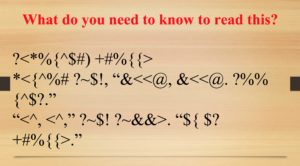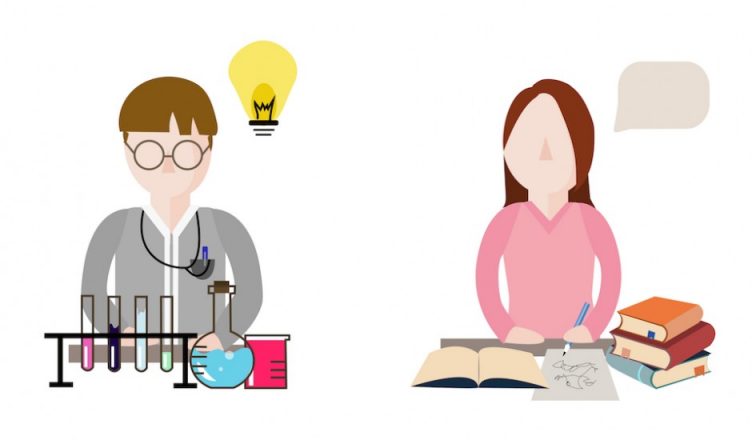I believe that my view of “English” as a discipline has changed as a result of my work in this course, but not necessarily in the way I expected.
When I was planning and selecting which classes I wanted to take this semester, this one immediately caught my eye. Not only did it fulfill my Recent Literature degree requirement, but it was a topic that caught my interest. I may not know every detail of the latest and greatest technology, but I would not hesitate to label myself as a technophile. I enjoy learning how things work; I find it fascinating. I have also always wanted to learn how to code (even if it was only learning the most basic ways). Thus, Lit & Lit Study in the Digital Age sounded perfect to me. Over the past few months, this course has shown me a new side of “English” – one that I did not know existed. I never realized how hand in hand it went with information in the digital age.
In the last twenty years, give or take, a push for STEM education (Science, Technology, Engineering, and Mathematics) has become prominent. I remember in my high school, multiple art classes were cut in favor of technology ones, or they began to incorporate technology into their work. For example, they recently tore down the darkroom that several of our photography classes used to develop film and make prints. To the best of my knowledge, those classes now use iPads to edit their photos. While I understand why and do believe that STEM education is needed, I never liked how it seemed to take away from arts subjects such as “English”.
If I am being completely honest, I felt overwhelmed when we started to use programs such as Visual Studio Code and Python, despite how eager I was to code. I sometimes could not keep up, whether it was commands failing in the terminal or being unable to push my journal files to GitHub (I finally became confident about doing so just this past month). However, I still found it genuinely fun to do. I never thought that I would be able to make my own webpage, which was neat! I liked that we often had group discussions to go along with this work, too. Doing everything online can be very isolating, so it was nice to have face-to-face communication as well as someone to turn to for help. Before taking ENGL 340, I had my doubts about being an English major. Although, my faith has been restored, as this type of work is more of what I would like to pursue in the future.
Back to the topic at hand, I have learned over the past semester that to understand modern technology and ways of communication fully, we still need “English”. If I did not have any prior knowledge of reading or literature in general, I would struggle to do the activities we did in this course. I can not imagine trying to understand Walden in Voyant Tools if I had not read and studied it first, much less creating journal files using Markdown. I think that the new wave of STEAM education (STEM + Arts) is more ideal compared to sole STEM-based learning as it allows students to better themselves in disciplines like “English”. Furthermore, and for me especially, being able to intertwine skills from different areas helps students to better themselves in all of these subjects. For instance, writing lab reports with unfamiliar vocabulary and formatting is significantly easier for me because I have that background knowledge of constructing essays for my English courses.
Overall, this course has taught me a lot about “English” as a discipline in the digital age, but I know that there is so much more to learn – and I am excited to discover this information!


